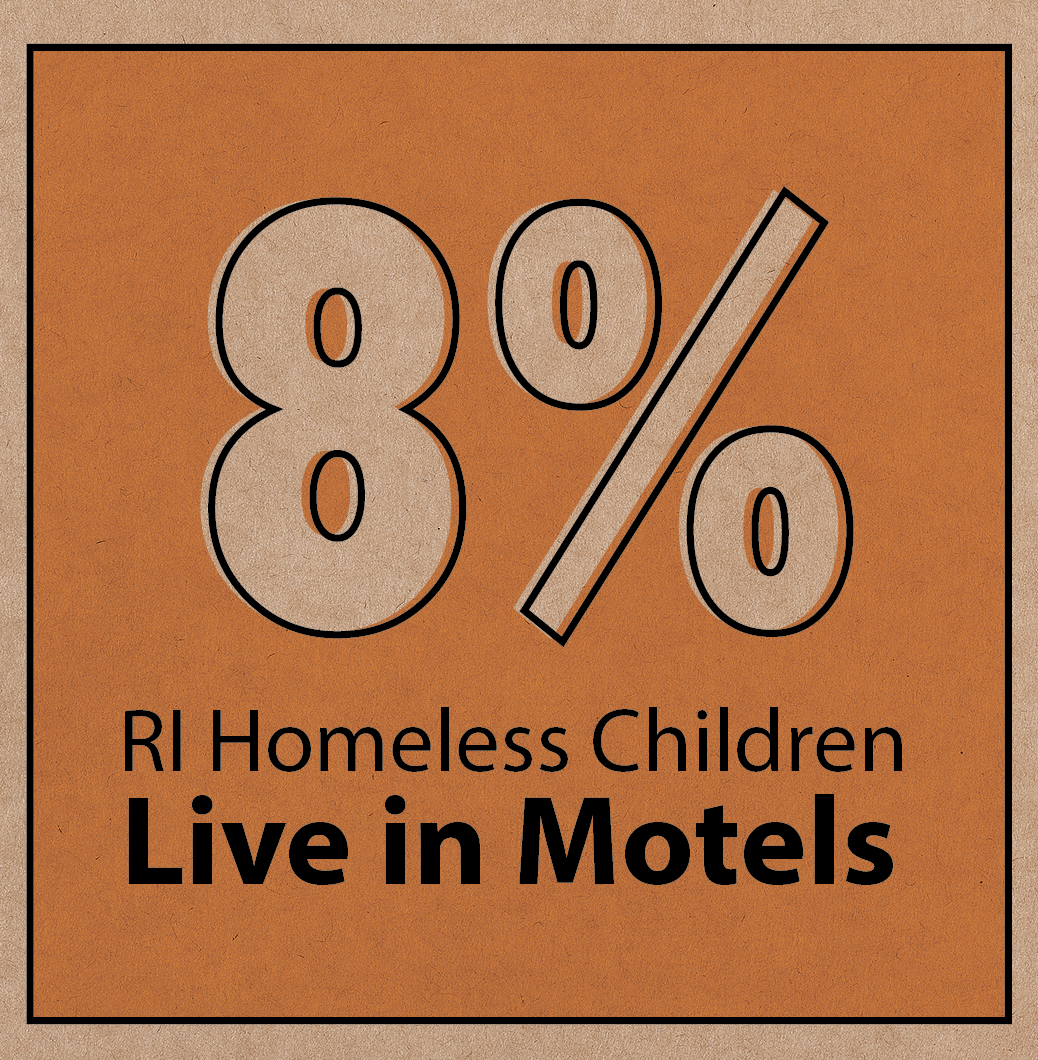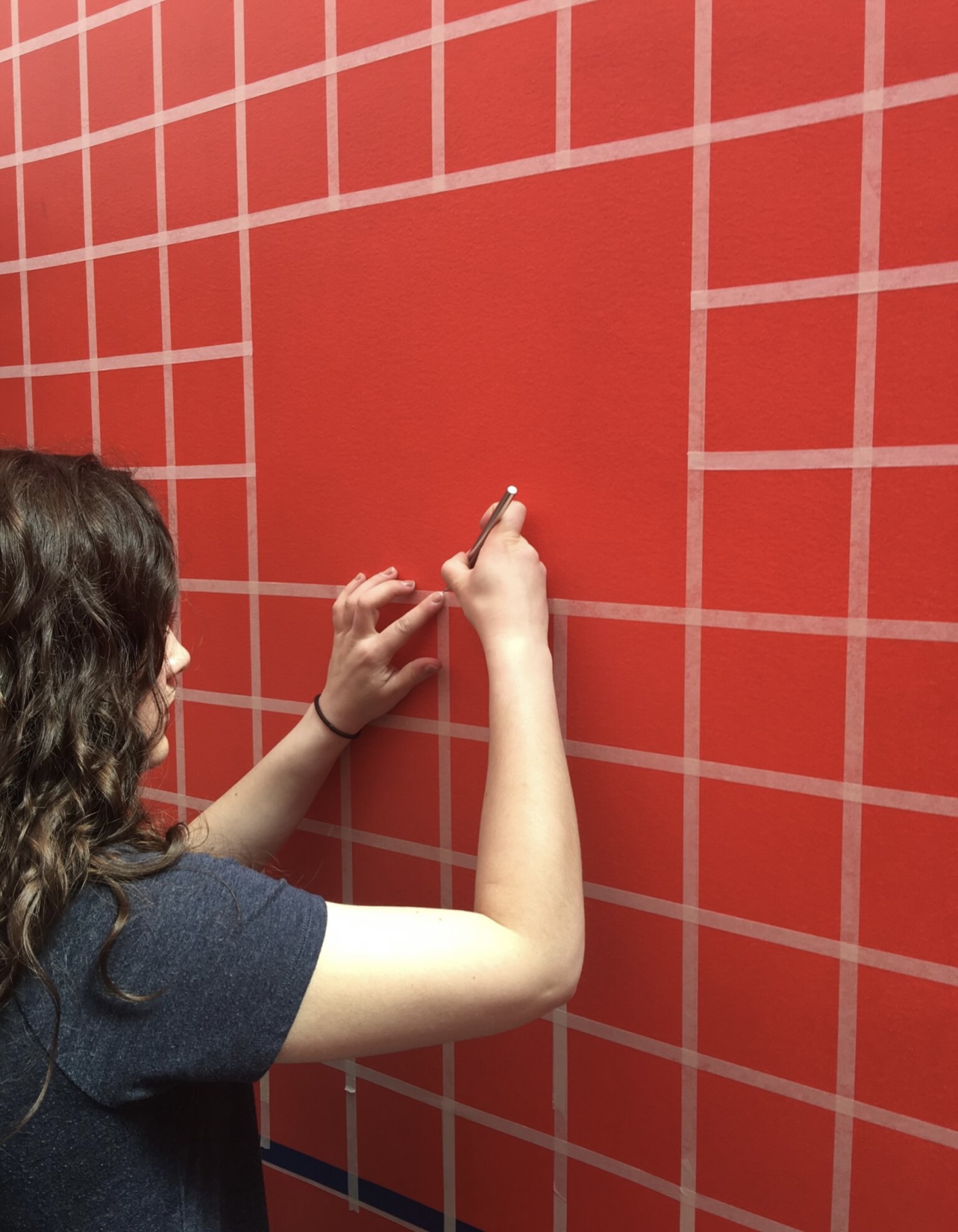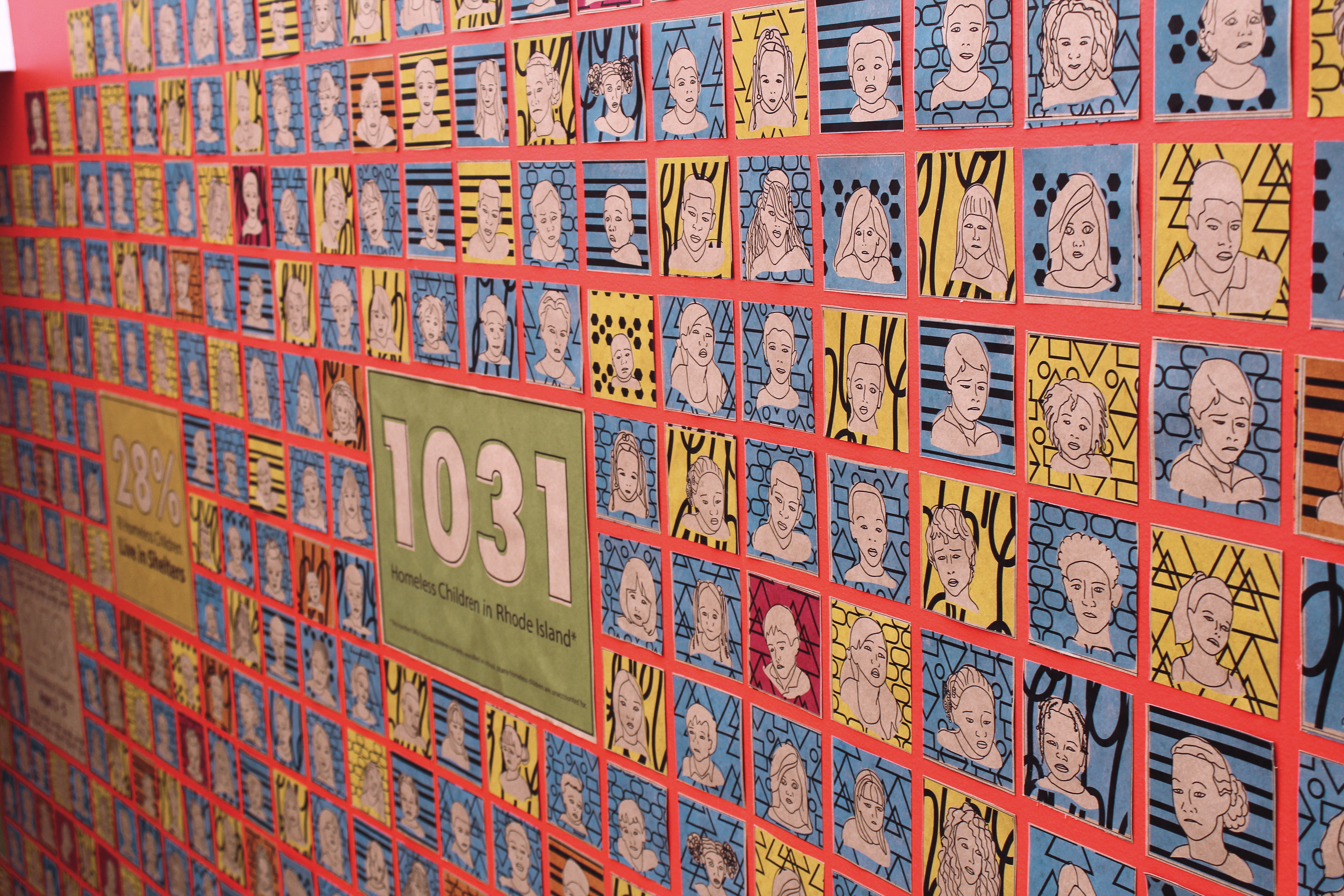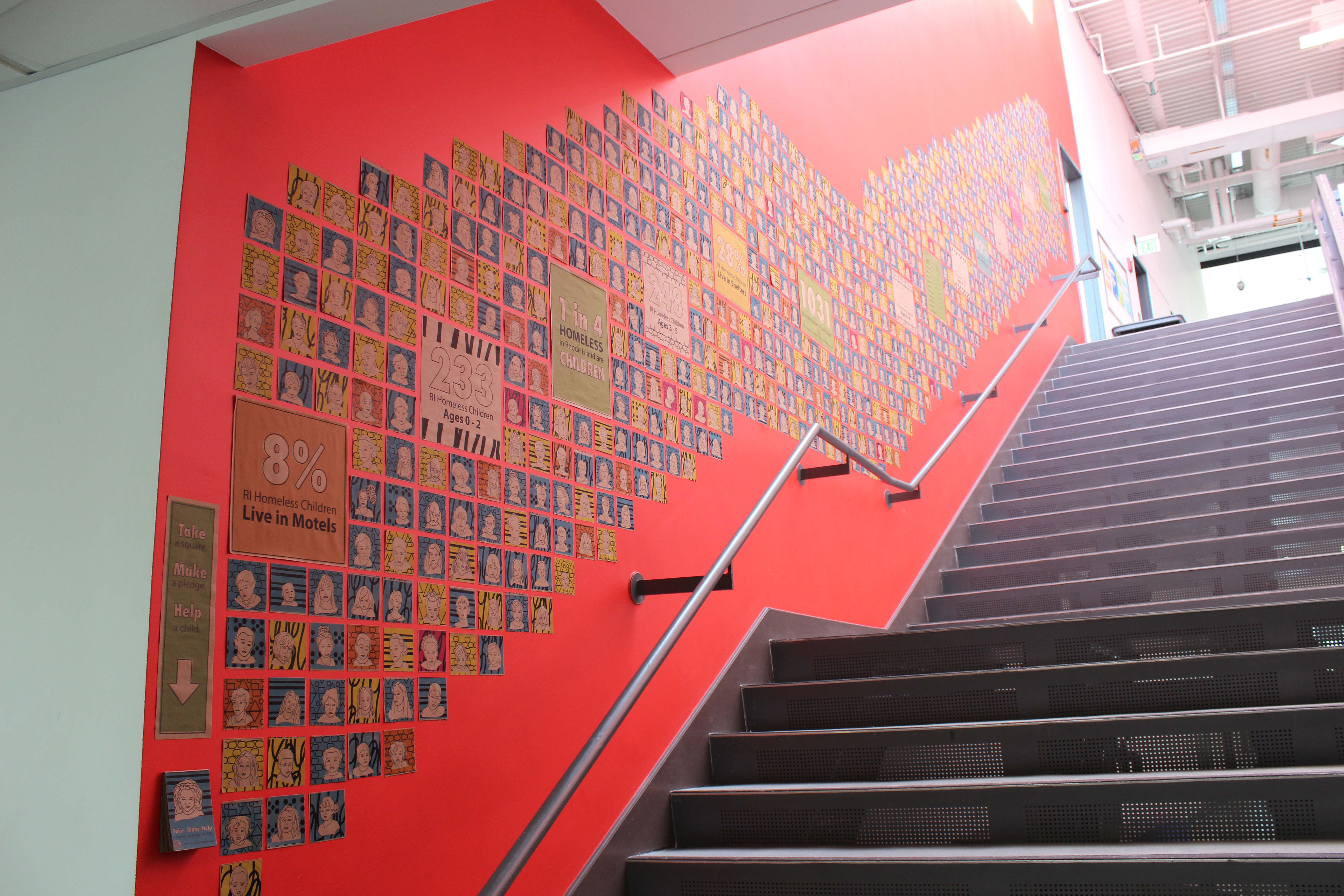
PROJECT
1031 Homeless Children
Public Awareness Campaign, Environmental Graphics
Overview
The goal for my project was to design a powerful public awareness campaign that would encourage people to think and act. A catalyst for social change, it can be easily installed and de-installed in various public location. It explores the power of information and design strategy to clarify and quantify significant data, and to devise a possible method for measuring effectiveness.
I wanted to bring awareness to the homeless community in Rhode Island, in particular the growing number of children being affected by it. I wanted to help remove the stigma. When we talk about homelessness, many immediately have an image in their head… and most of the time that image is not a child.
After extensive research, I discovered very overwhelming statistics from the Rhode Island School Department and RI Kids Count. Currently, the fastest growing segment of the homeless population are families with children. 39% of the total homeless population are children under the age of 18. 3.5 million people in the United States are homeless. I focused specifically on the stats of Rhode Island Homeless children and families who are overlooked. 1 in 4 homeless in RI are children. There are over 1,031 homeless children in Rhode Island. This number under-represents the actual homeless population. This number only includes children identified by the RI School department as homeless, which means that if the child is not in school, they are most likely not included within this number.
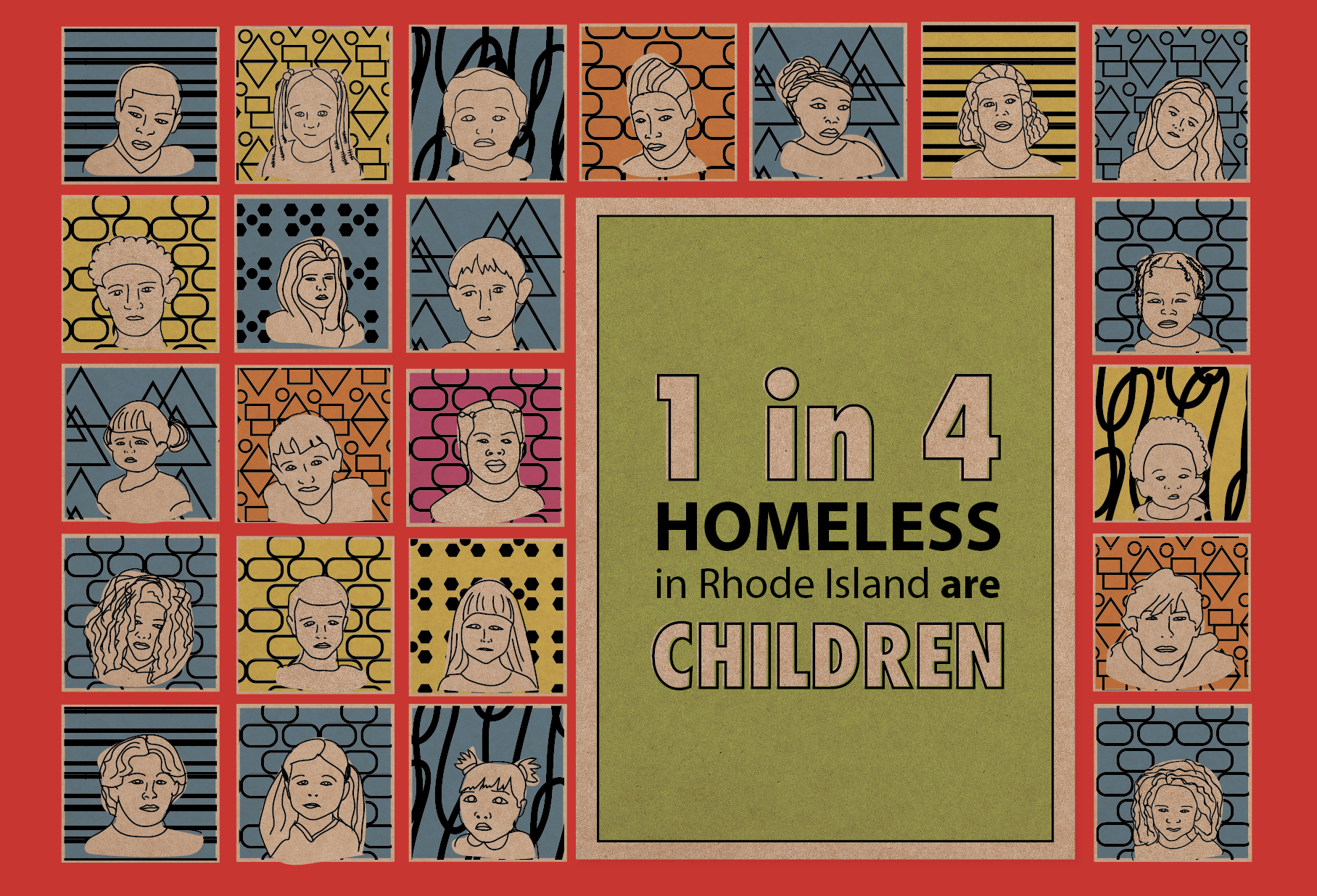
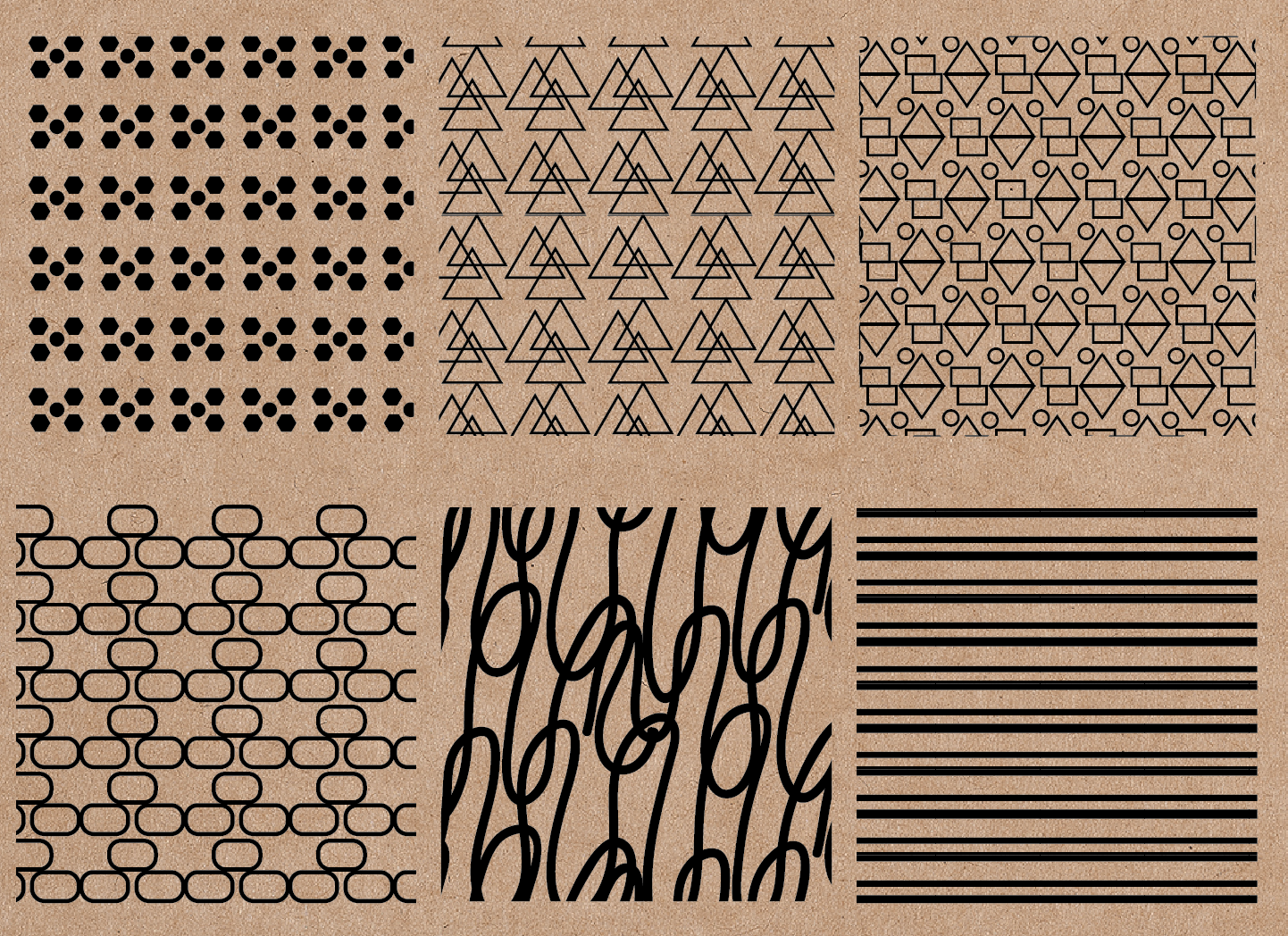

Using the power of small multiples, this campaign made a strong visual impact. Displaying a very imperfect situation in a concise grid showcases the drawings in a way that associates with the way numbers and stats are displayed. This grid module also makes it easy to be installed and uninstalled in different locations
To put a face to the numbers and visually represent each of the 1031 homeless children in Rhode Island. I drew 100 unique, gesture drawings, representing the faces of homeless children, their various races, ethnicities, and ages, and emotions.
The colors used express optimism, however are muted and neutralized by the tan paper, representing the serious situation the children are living in. Each color and pattern were chosen to represent a different statistic for Rhode Island Homeless children. Each of the colors represent their living situation. Each pattern represents their ages.
The materials used were affordable and low cost. The paper used to print the portraits and posters is recycled and cheap; it has a dirty visual quality. It was specifically chosen to make a visual connection with cardboard boxes, commonly associated with homelessness.
